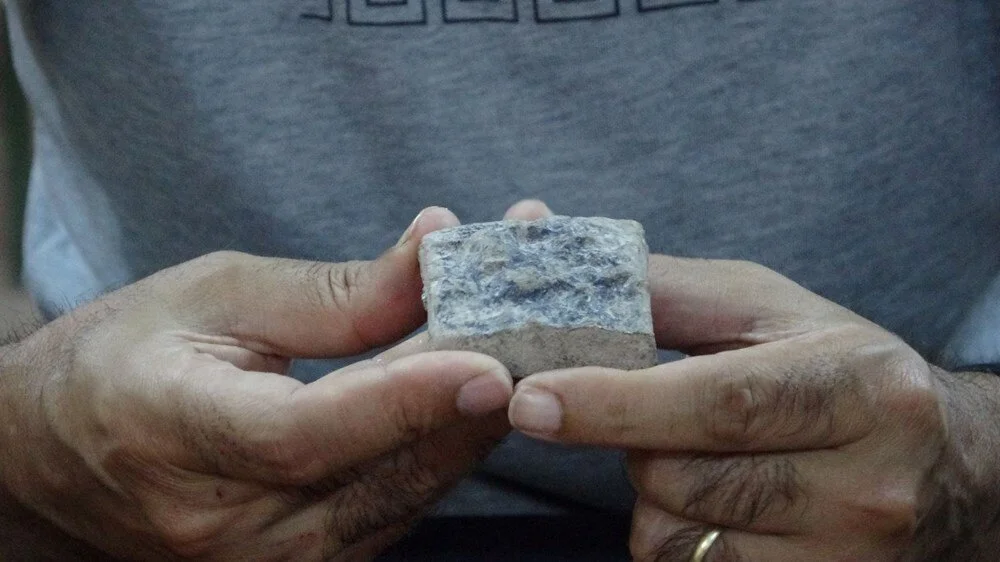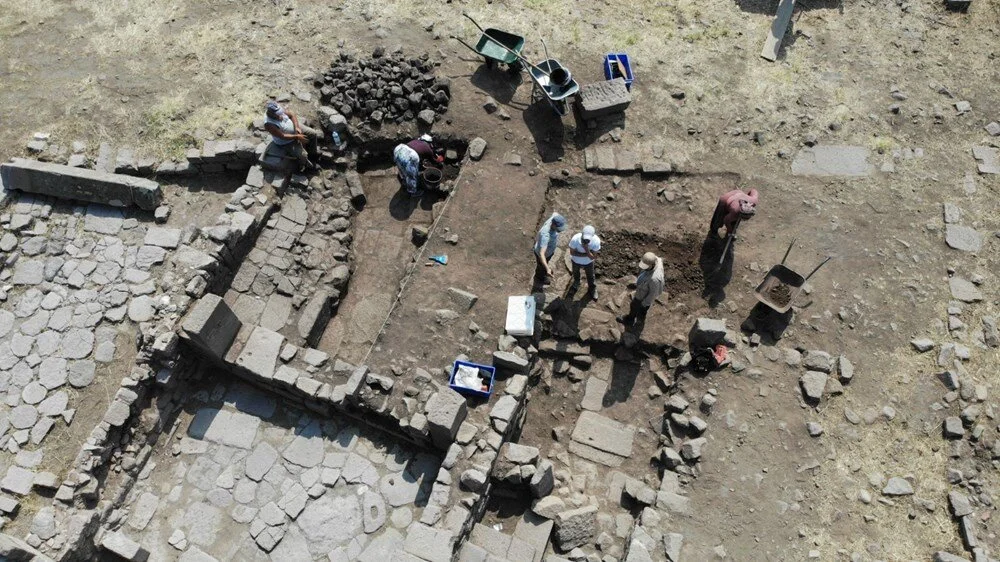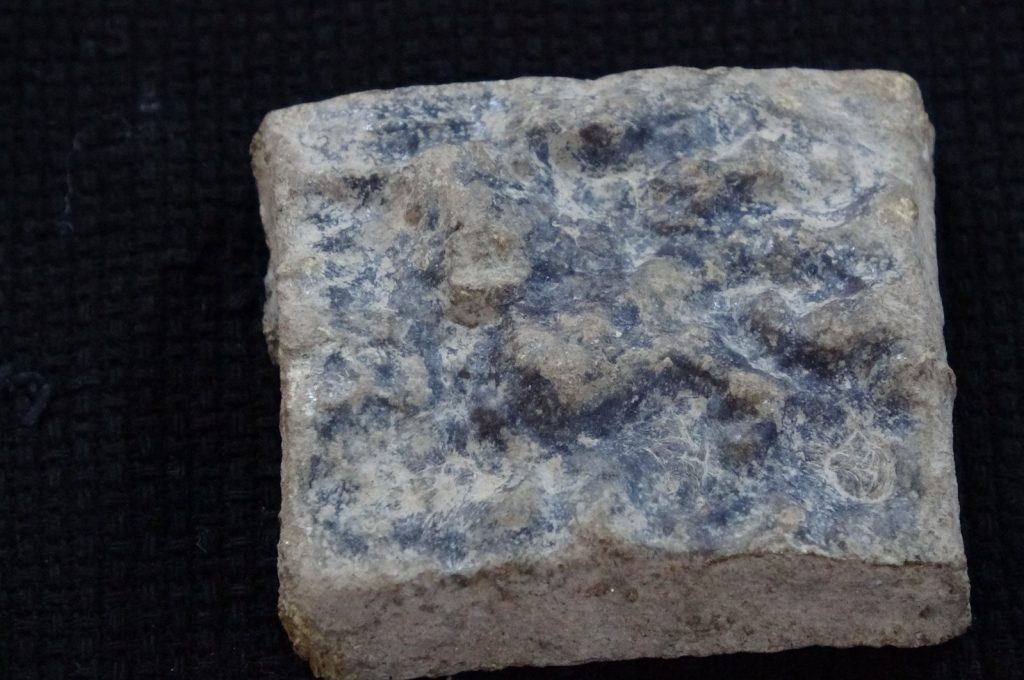
Archaeologists uncovered the largest Roman griffin weight in Assos
At the ancient city of Assos, founded in the 6th century BC on the coast of the Aegean Sea within the historical region of Troas, ongoing excavations have led to the discovery of the largest Roman griffin weight ever found.
Assos Ancient City is located in Behram Village in Ayvacık District of Çanakkale in western Turkey.
The weighing scale belonging to the city of Assos, dated to the 3rd century BC, and weighing 320 grams, is made of lead.
This weight was found at the Roman-era Nymphaeum to the east of the Agora at the Assos Archaeological Site.
📣 Our WhatsApp channel is now LIVE! Stay up-to-date with the latest news and updates, just click here to follow us on WhatsApp and never miss a thing!!
Experts have determined that the object found is the largest weight ever.

There is a depiction of the ‘Griphon’, a mythological creature used on the city’s coins, on the scales. In some, it is seen that the name of the city is written with the abbreviation ‘ASS’ on the grip.
The excavation director of the Ancient City of Assos, Prof. Dr. Nurettin Arslan, who is also a faculty member at Çanakkale Onsekiz Mart University’s Faculty of Humanities and Social Sciences, Department of Archaeology, stated that in this year’s excavation efforts, work has been ongoing at a Roman-era fountain building located on the eastern side of the Agora. He mentioned the following:
“Our excavation efforts in this area are not yet complete. However, the gap between this fountain and the bedrock has provided significant archaeological insights due to its historical use as a landfill during the 3rd and 4th centuries AD. We shared some findings from this area last year. This year, in the same location, we discovered various items from the Late Roman period of Assos, including everyday utensils, ceramic figurines used in religious rituals (terracottas), tableware, and notably, a substantial amount of animal bones, with a prevalence of large livestock. We’ve identified the consumption of animals such as pigs, goats, and sheep. Additionally, there are remains of pigs and other animals. Once we receive reports from experts specializing in animal species, we will obtain more precise data in this regard.”
Professor Nurettin Arslan provided the following information about the largest weight found so far:

“It’s a unique weighing scale weight specific to the city of Assos, made of lead. In the ancient world, each city had its own units of weight. These weights were used, particularly in trade or for measuring various items. On the weight associated with Assos, there is a depiction of a mythological creature named ‘griffin,’ which was used on the city’s coins. Sometimes, the city’s name is also abbreviated. Similar examples have been found in Hellenistic period tombs. However, their weight was lighter. This particular unit of weight is heavier than the examples we’ve found so far, weighing approximately 320 grams and made of lead. Each city was required to produce these weights, and they were official commercial objects to be used by those engaged in trade in the Agora. We recognize such examples in tombs from the 3rd and 2nd centuries BC in Assos. This object was likely produced around the 2nd century BC and was used for weighing objects in the Agora, probably during the 2nd century BC as well.”
Cover Photo IHA
You may also like
- A 1700-year-old statue of Pan unearthed during the excavations at Polyeuktos in İstanbul
- The granary was found in the ancient city of Sebaste, founded by the first Roman emperor Augustus
- Donalar Kale Kapı Rock Tomb or Donalar Rock Tomb
- Theater emerges as works continue in ancient city of Perinthos
- Urartian King Argishti’s bronze shield revealed the name of an unknown country
- The religious center of Lycia, the ancient city of Letoon
- Who were the Luwians?
- A new study brings a fresh perspective on the Anatolian origin of the Indo-European languages
- Perhaps the oldest thermal treatment center in the world, which has been in continuous use for 2000 years -Basilica Therma Roman Bath or King’s Daughter-
- The largest synagogue of the ancient world, located in the ancient city of Sardis, is being restored












Leave a Reply